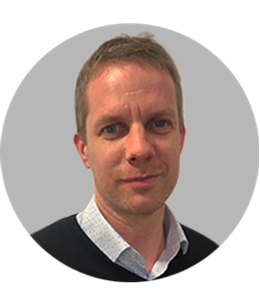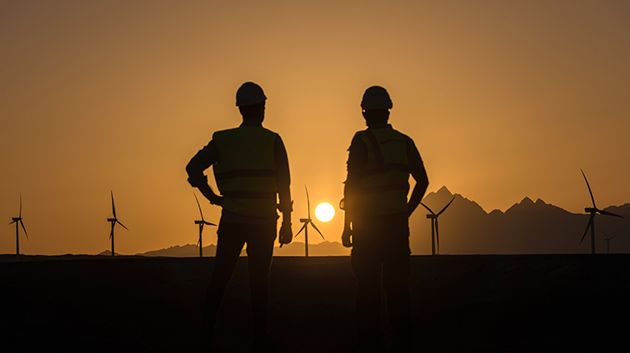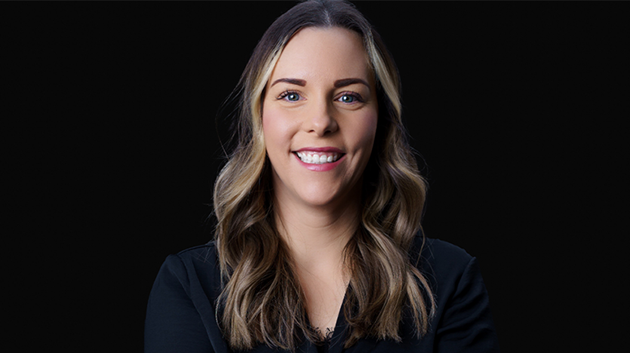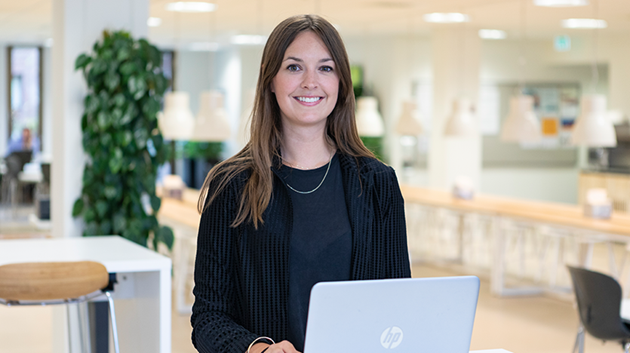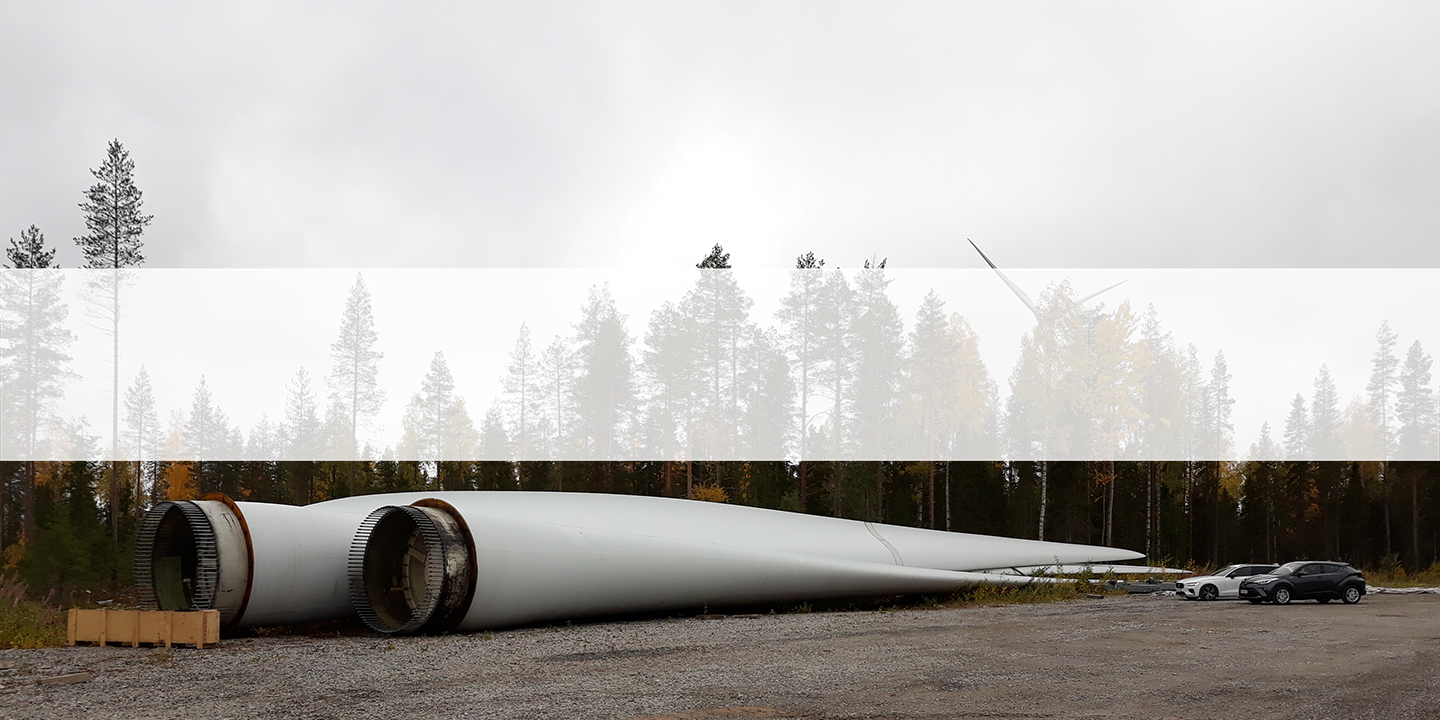
Cementing solutions to blade recycling in Finland
Chopped up parts of wind turbine blades are now on their way from a wind farm site in Finland to be recycled in the form of cement as Siemens Gamesa seeks to find alternatives to the industry challenge of being able to fully recycle blades.
While most other components of a wind turbine such as towers and nacelles can be recycled, over the next decade solutions will need to be found for blades to be recycled, which is a more difficult task given they are made from composite materials including fiberglass and resins.
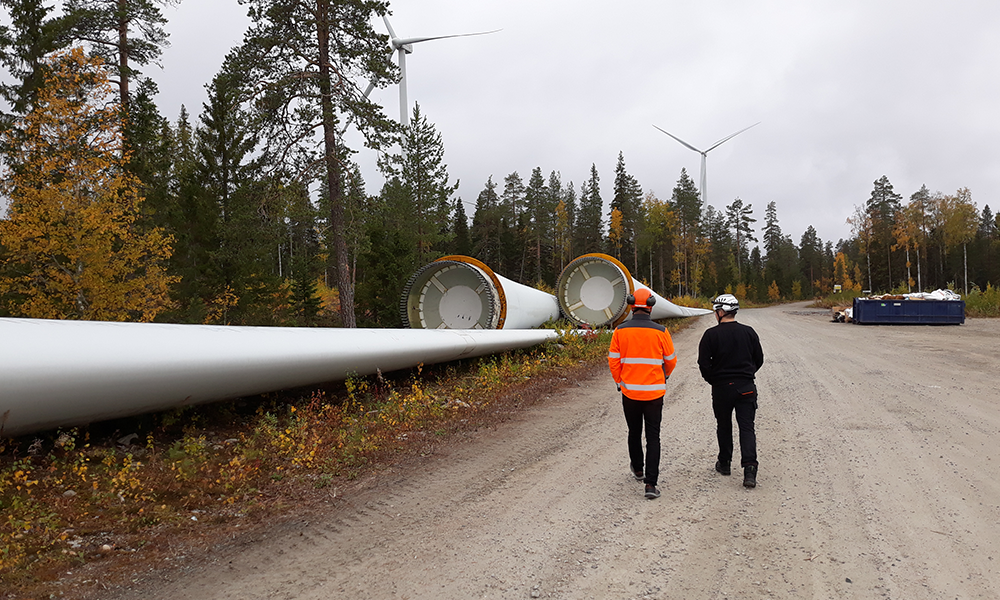
“When we knew we had so many blades to take down, we started searching for solutions. It was painful to think they could end up as waste. We had experiences from Denmark, where we had worked with waste management company Stena Recycling and started to discuss with their Finnish branch what could be done.
We were totally aligned in our objectives to search for the most sustainable solution. Really, wind as an industry, and a company’s brand, can be damaged if we don’t do something about this situation, so we must act to find solutions,” said Lander.
The process to treat the blades will take a few weeks before they reach a second life in cement. Firstly, the blades, which measure 62.5 meters, are chopped into more easily transportable pieces of 80cm X 80cm. These are then taken to the next key partner in the process, cement giant Holcim, at its plant in Lägerdorf in Germany. Through a sister company, Geocycle, the plant then cuts the pieces into smaller elements of 40mm X 40mm and this is mixed with a paper waste fraction as well as other elements. The organic content of blade waste can then be recovered as thermal energy in the process of manufacturing cement, while the mineral part of the waste is can be used a replacement for sand in cement.
This is important progress for the cement industry too, which like other heavy industries is very fuel intensive. To give a little more perspective, one ton of blade waste reduces cement CO2 emissions by 110kg and saves 461kg of raw materials.
Siemens Gamesa is actively working to make its entire supply chain more sustainable, this is includes working with suppliers of all components of a turbine, including steel, which is often used to make the tower and is another energy intensive sector.
“We need to find solutions to the challenge of recycling blades in Europe. This will mean that the entire industry will need to work together.
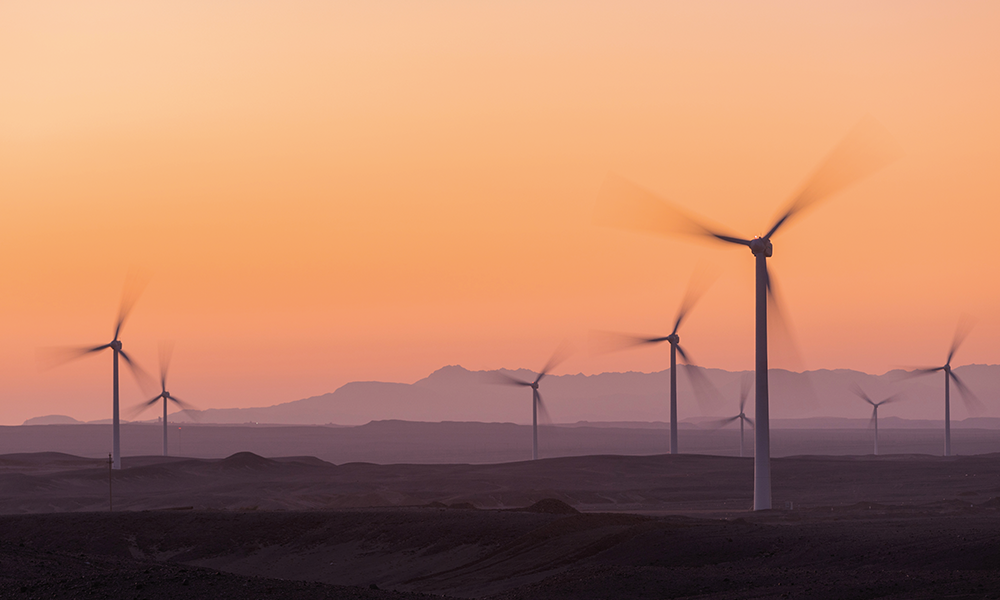
We are actively working on that and part of this work will be through our collaboration with the DecomBlades project, while also continuing to develop fully recyclable blade solutions, said Jonas Pagh Jensen, Sustainability lead at Siemens Gamesa”.
Siemens Gamesa joined the DecomBlades initiative with ten Danish partners which seeks to lay the foundations to successfully commercialize the recycling of blades using sustainable solutions over a three-year period. The initiative includes many of the leading players across the value chain - Ørsted, LM Wind Power – a GE Renewable Energy business, Vestas Wind Systems A/S, Siemens Gamesa Renewable Energy, FLSmidth, MAKEEN Power, HJHansen Recycling, Energy Cluster Denmark (ECD), University of Southern Denmark (SDU) and Technical University of Denmark (DTU). Together, these partners will attempt to establish a recycling industry for composite materials – from supply, to processing through to implementation.
“We have found a really good solution now to handle the blades from the Finland sites from an environmental point of view. We want to build on those experiences and further advance the recycling of blades and I am sure our work on this including participation in DecomBlades will help us to further improve,” said Jonas.
